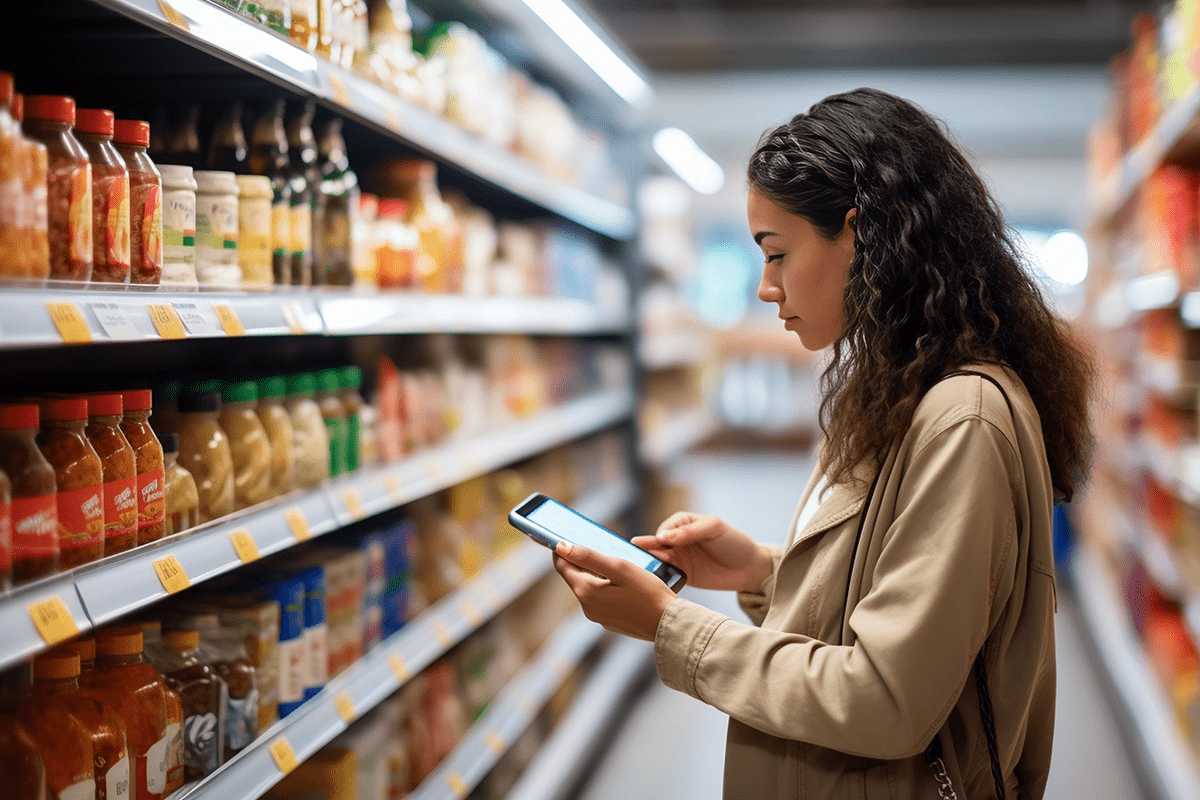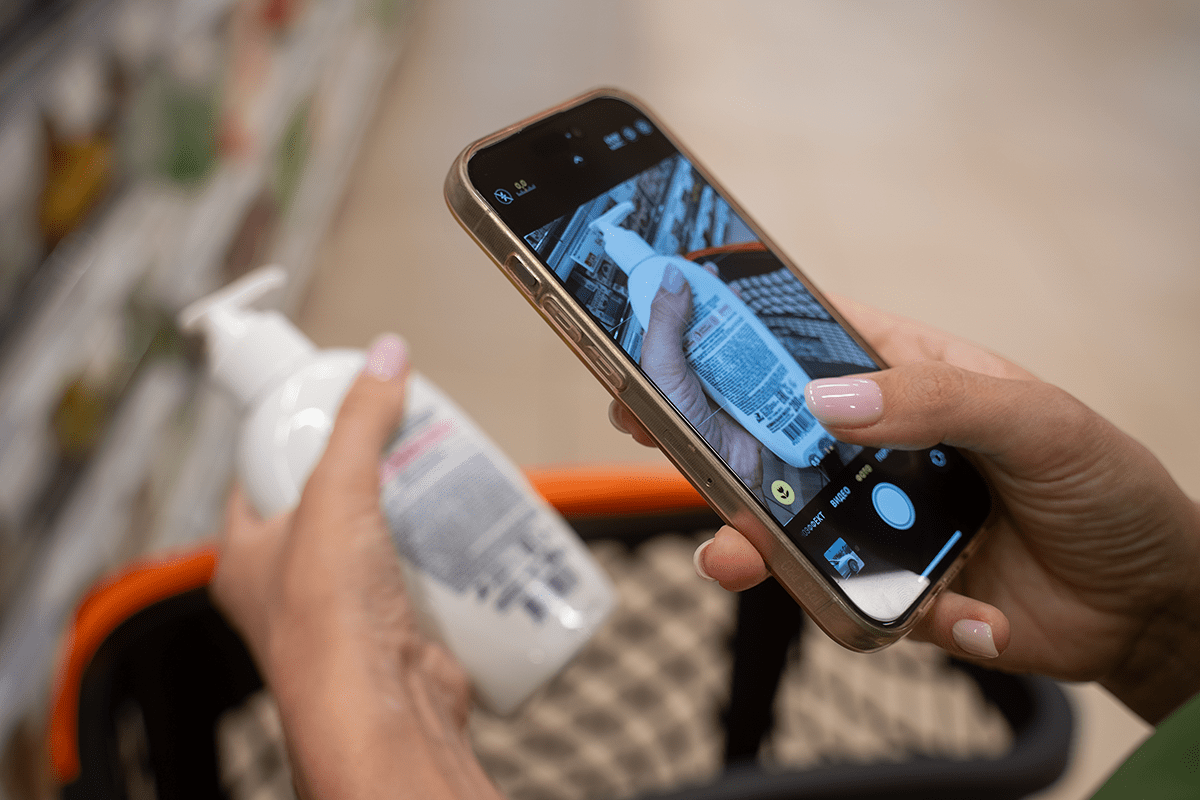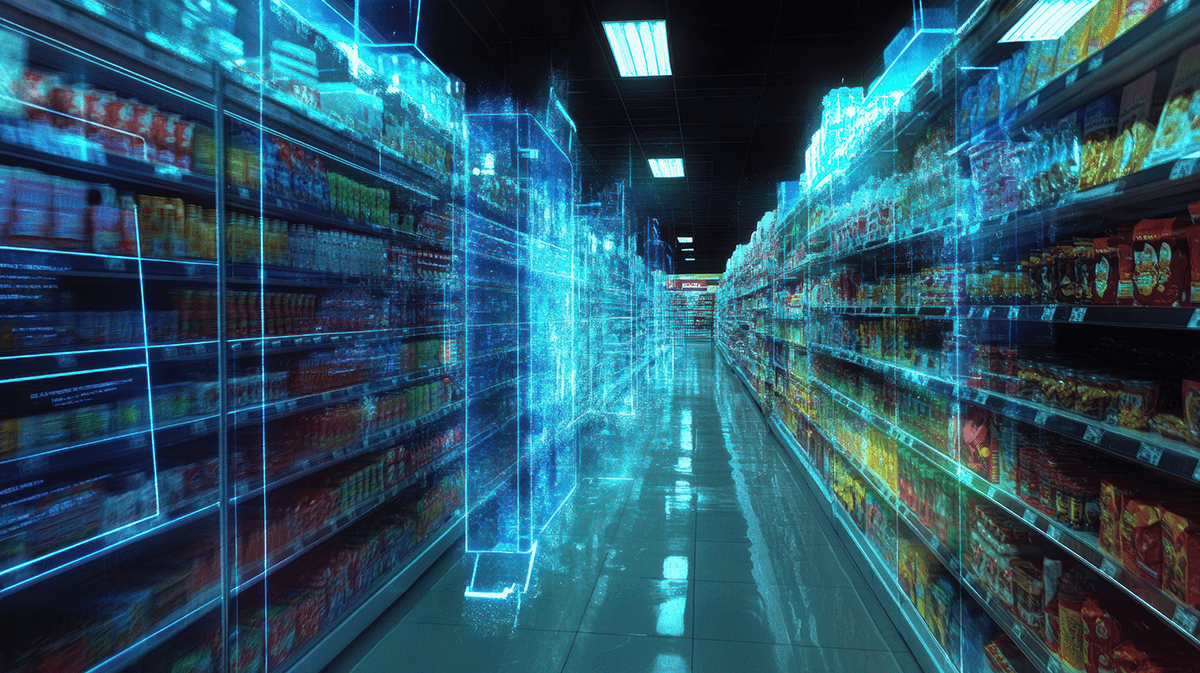Let’s Get Phygital : In today’s dynamic retail landscape, the line between physical and digital experiences is blurring. Consumers no longer view shopping as purely online or in-store—they expect a seamless integration of both. This convergence, often called “phygital retail,” is transforming how brands connect with shoppers and create meaningful experiences.
At Hughes Decorr, we’re at the forefront of this shift, helping brands navigate the phygital revolution with innovative marketing-at-retail solutions.

What Does “Phygital” Mean?
“Phygital” is the blend of physical and digital interactions, creating a unified and immersive shopping experience. It combines the best of both worlds:
- The Tangibility of Physical Stores: Consumers can touch, feel, and experience products in real life.
- The Convenience of Digital: Shoppers can access information, compare options, and make decisions with the ease of online tools.
Phygital retail is about leveraging technology to enhance the in-store experience, making it more engaging, efficient, and personalized.
The Rise of Phygital in Retail
Consumers now expect retailers to integrate digital conveniences into physical spaces. Some of the biggest trends driving the phygital movement include:
Data-Driven Personalization: Digital tools allow retailers to customize experiences based on consumer preferences and behaviors.
Interactive Displays: Touchscreens and QR codes provide instant access to product details, reviews, and promotions.
Augmented Reality (AR): Shoppers can visualize how products will look or function in their own environments.
Omnichannel Strategies: Combining online, in-app, and in-store experiences ensures a consistent and convenient journey.

Hughes Decorr’s Role in the Phygital Revolution
At Hughes Decorr, we specialize in “Bringing Brands to Life at Retail” by creating marketing solutions that seamlessly blend physical and digital elements. Our approach focuses on elevating shopper engagement and driving brand impact.
1. Interactive Retail Displays
We design and manufacture interactive POP displays that incorporate technology to enhance the in-store experience. From integrating AR to embedding touchscreens, our solutions make the shopping journey both intuitive and engaging.
2. Digital-First Design Philosophy
Our team ensures that every retail element we create aligns with the demands of the phygital shopper. Whether it’s packaging, merchandising, or digital signage, our designs resonate with today’s tech-savvy consumer.
3. Seamless Supply Chain Support
Our Single-Source Solutions integrate everything from design and manufacturing to logistics and installation, ensuring your phygital retail strategy is executed flawlessly.

The Benefits of Going Phygital
Adopting a phygital approach offers brands numerous advantages:
Improved Efficiency: Integrated technology streamlines operations and provides valuable consumer insights.
Enhanced Shopper Engagement: Interactive features capture attention and encourage deeper exploration of products.
Stronger Brand Loyalty: Personalized, immersive experiences leave a lasting impression on consumers.
Increased Sales Opportunities: Phygital elements guide shoppers toward purchase decisions with ease and convenience.

Case Study: Phygital Success in Action
For a recent retail campaign, Hughes Decorr created a series of interactive displays featuring QR codes linked to product demos and reviews. The campaign not only boosted shopper engagement but also resulted in a 30% increase in sales compared to static displays.

The Future of Physical and Digital Retail
As technology continues to evolve, phygital experiences will become even more sophisticated. Hughes Decorr is committed to staying ahead of these trends, helping brands adapt and thrive in this new era of retail.

Let’s Bridge the Gap Between Physical and Digital Together
Hughes Decorr is your partner in creating impactful, tech-enabled retail solutions that resonate with today’s consumers. Whether you’re looking to enhance your in-store experience or integrate digital elements into your marketing-at-retail strategy, we’re here to help.
Visit Hughes Decorr today to learn more about our phygital solutions and how we can transform your retail strategy.










